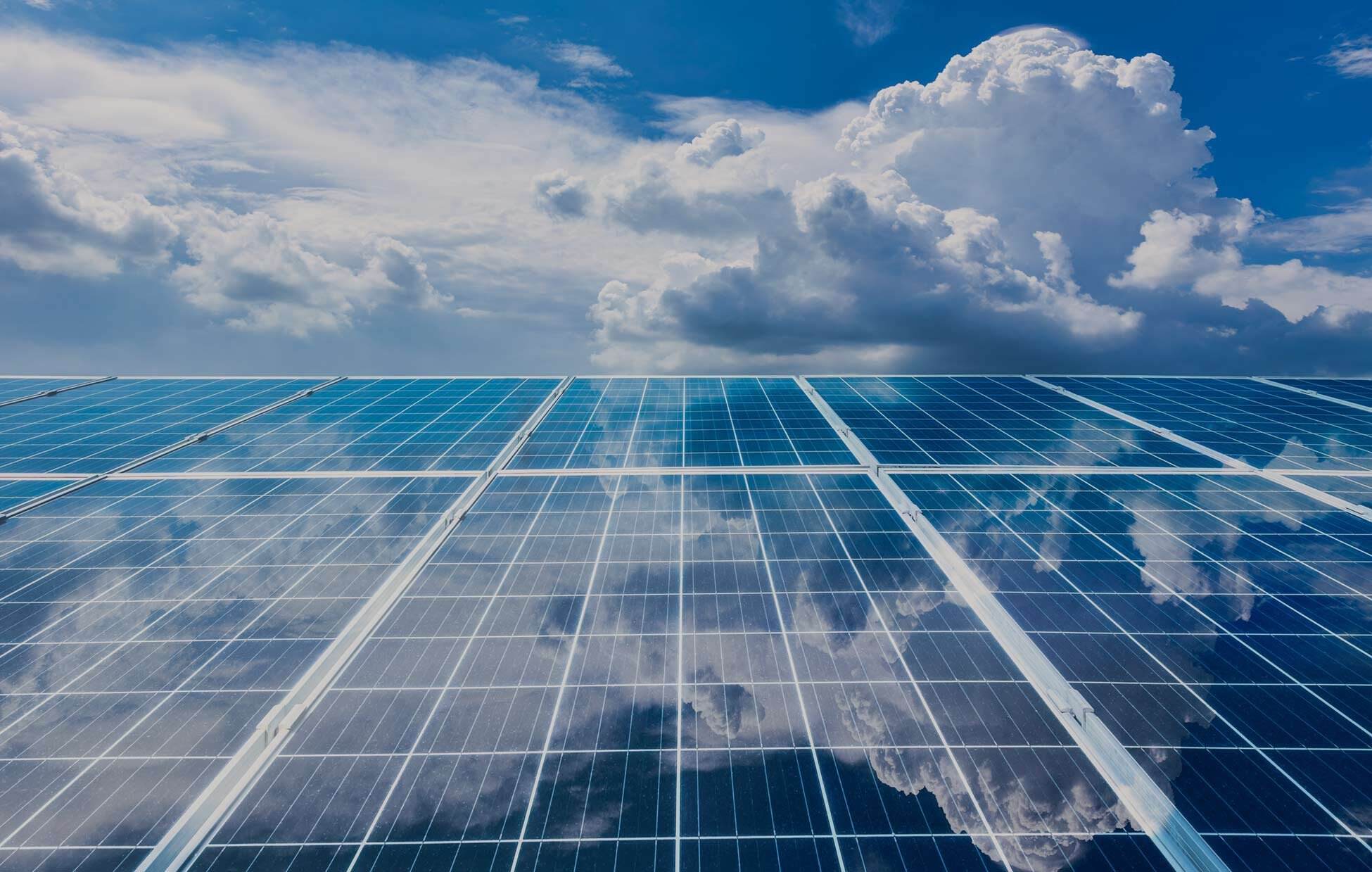
Introduction
With the growing interest in renewable energy, solar panels have become a popular choice for homeowners and businesses looking to reduce their carbon footprint and energy costs. A common question many people have is, "How much electricity do solar panels generate?" Understanding this is crucial for evaluating the feasibility of installing solar panels and maximizing their benefits. In this article, we'll break down the factors that influence solar panel energy production, helping you estimate how much electricity you can generate with solar power.
What Determines How Much Electricity Solar Panels Generate?
The amount of electricity that solar panels can produce depends on several factors. Here are the key variables that affect solar panel output:
The efficiency of a solar panel refers to the percentage of sunlight it can convert into usable electricity. Higher-efficiency panels generate more electricity from the same amount of sunlight compared to lower-efficiency models. Modern solar panels typically have an efficiency range of 15% to 22%, with the higher-end panels being more expensive but producing more power.
The size of the solar panels plays a significant role in how much electricity they generate. Larger panels have more surface area to absorb sunlight and, therefore, can produce more energy. Most residential solar panels are around 1.6 meters by 1 meter in size, with a capacity of 300 to 400 watts each. The larger the installation, the more electricity you can generate.
The amount of sunlight your solar panels receive depends on your geographical location, time of year, and local weather conditions. Areas that experience more sunlight, such as those closer to the equator, will generate more electricity compared to regions with frequent cloud cover or shorter daylight hours. For example, solar panels in sunny locations like Arizona, California, or Spain can produce much more energy than those in northern regions with less sunshine.
The angle at which solar panels are installed can affect their efficiency. Panels should be positioned to maximize their exposure to the sun, ideally facing south in the Northern Hemisphere (north in the Southern Hemisphere) and at an optimal tilt angle based on your latitude. Proper installation ensures the panels capture the most sunlight throughout the day, improving overall energy generation.
Shading from trees, buildings, or other structures can significantly reduce the amount of sunlight that reaches the solar panels. Even partial shading can lower energy output by as much as 20% or more. It's important to choose a location for installation that avoids shading during peak sunlight hours to ensure maximum energy production.
Weather plays an important role in solar panel performance. While solar panels work best on sunny days, they can still generate electricity on cloudy days, although at a reduced rate. On average, solar panels can produce around 10-25% of their maximum output under overcast conditions. In rainy or snowy weather, performance can drop further, but panels will still generate some electricity.
The inverter is responsible for converting the direct current (DC) electricity generated by solar panels into alternating current (AC) electricity, which is used to power most household appliances. The efficiency of the inverter can slightly impact the overall electricity generated by the solar system. High-quality inverters typically have an efficiency rating of 95% or higher, meaning only a small portion of the energy is lost during conversion.
How Much Electricity Do Solar Panels Generate on Average?
Now that we've covered the key factors influencing solar panel performance, let's look at some general figures. On average, a single 300-watt solar panel will generate about:
For a typical residential solar system with 20 panels, each rated at 300 watts, the total system capacity would be:
This amount of electricity is usually sufficient to power the average household, which typically consumes about 10,000 kWh annually.
Solar Panel Output Based on Location
Here’s an approximate breakdown of the annual energy production of a 5 kW solar panel system based on different geographic locations:
Maximizing Solar Panel Energy Production
To get the most out of your solar panels and maximize electricity generation:
Conclusion
The amount of electricity that solar panels generate depends on factors such as panel efficiency, size, location, weather, and installation quality. On average, residential solar systems can generate between 3,000 and 10,000 kWh of electricity per year, depending on these variables. By optimizing installation and choosing the right equipment, you can maximize the energy output of your solar panels and take full advantage of solar power.
 Hot News
Hot News2024-12-31
2024-10-08
2024-08-28
2024-07-16
2024-07-16
2024-07-15